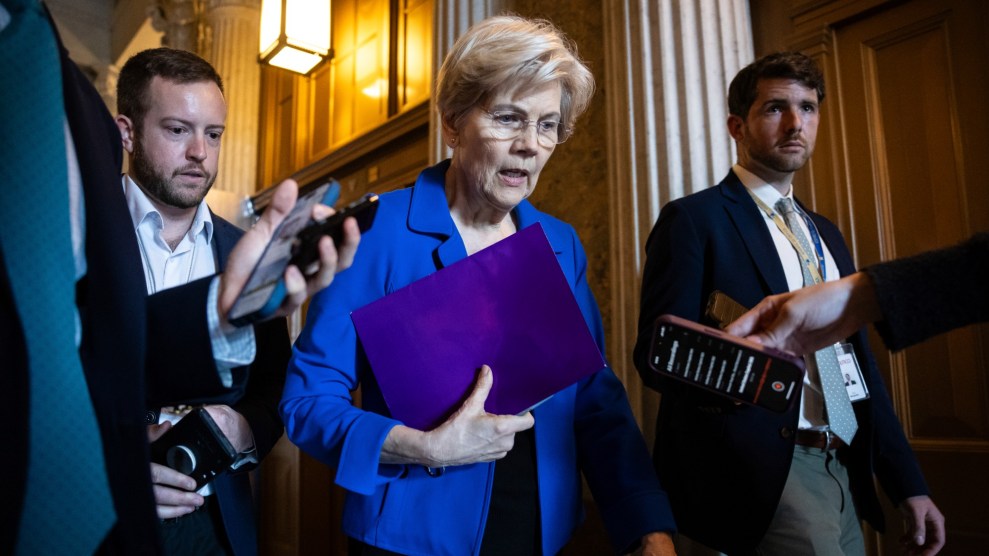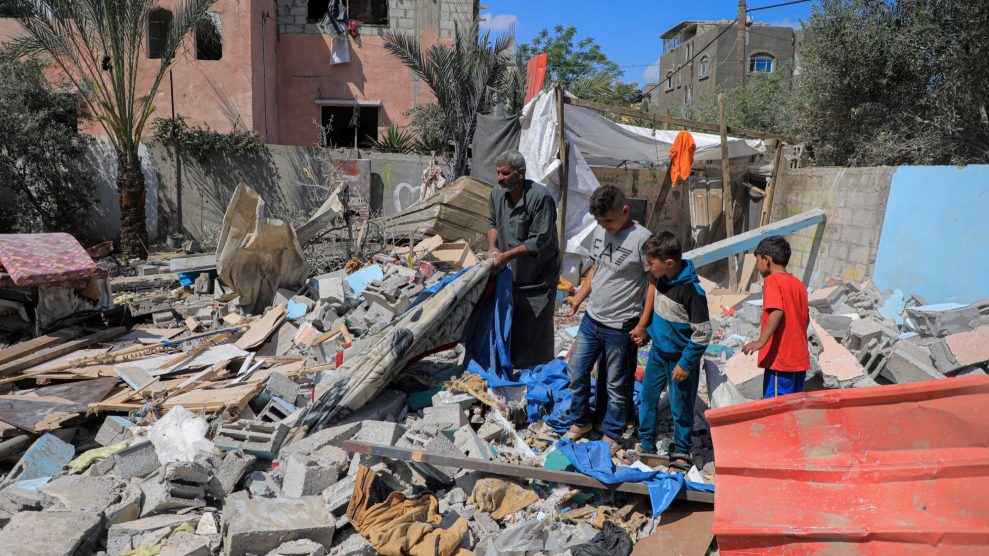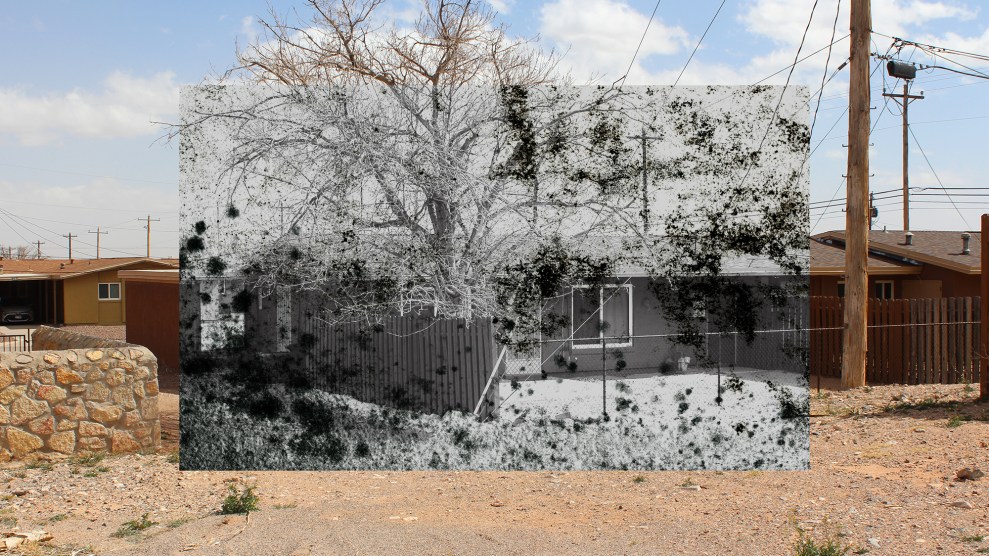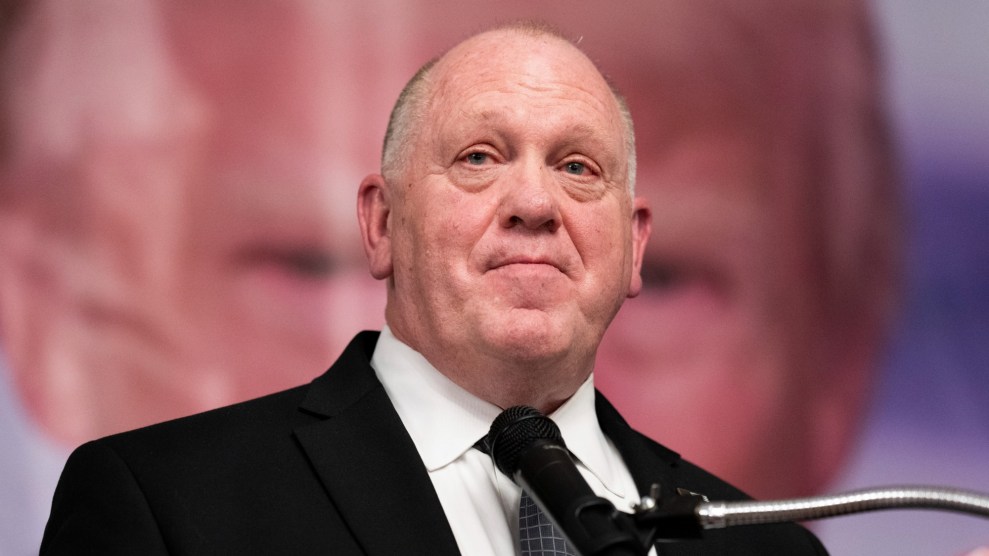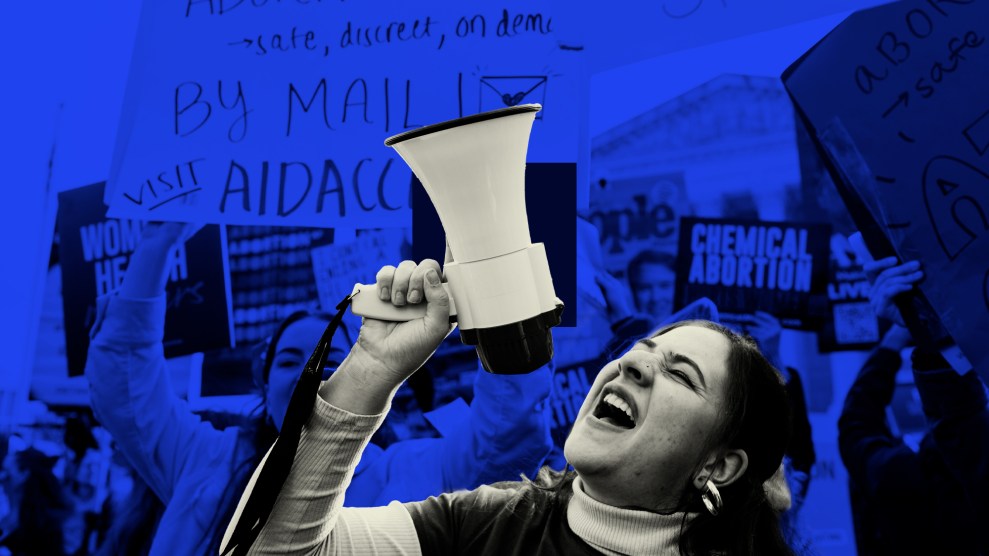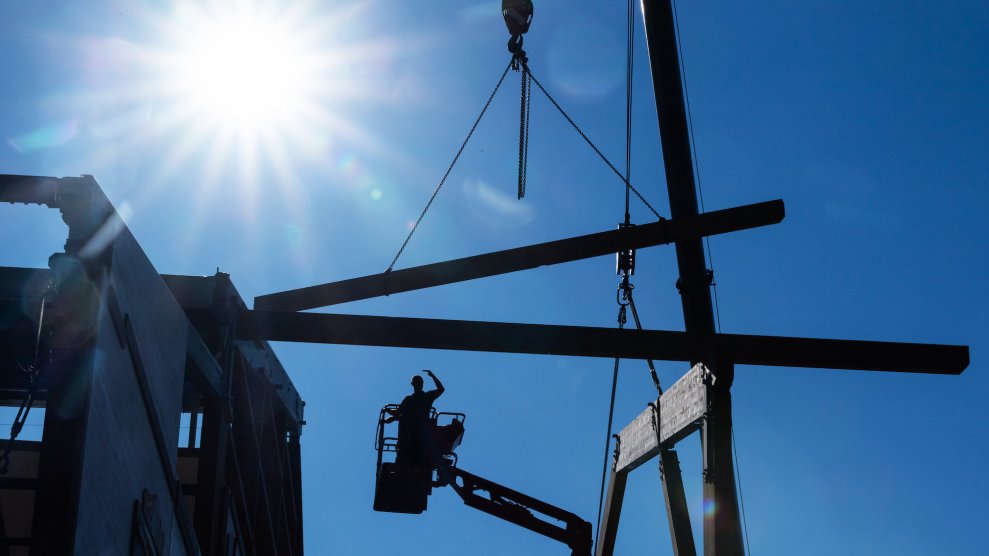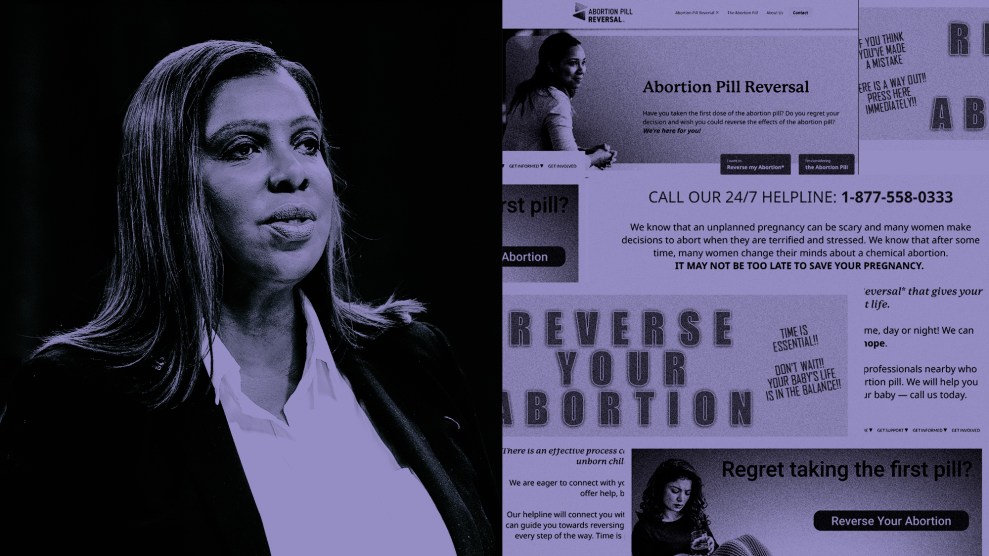The Bolivian president, Gonzalo Sanchez de Lozada, was still hanging in there, barely, on Wednesday, as violent protests involving thousands of people swept across the country, leaving at least 70 dead.
The immediate cause of the unrest is a proposal to build a $5 billion pipeline through Bolivia to export natural gas to the U.S. and Mexico via a port in Chile. Protestors want the president to step down because they think the pipeline project would give little to Bolivia, already Latin America’s poorest country, with profits going mainly to foreigners.
But the unrest has deeper causes, tied to economic malaise and dissatisfaction with a government that Bolivia’s numerous poor feel neglects them. Bolivia was already a tinderbox; the pipeline proposal just provided the spark.
Perhaps not surprisingly, the U.S. has contributed to the growing discontent in Bolivia.
Over the past 14 months as president, Sanchez de Lozada, who was also president from 1993 to 1997, has, with strong U.S. encouragement, enacted unpopular free-market reforms in a not-very-successful bid to boost the economy. He has also continued with controversial U.S.-backed plans to eradicate coca cultivation.
Indian peasants, labor unions, student and community groups, and political parties see Lozado’s alignment with U.S. as part of the problem, and worry that he’s ignoring what’s best for the Bolivian people. Despite living in the country with Latin America’s second largest deposits of natural gas, almost two-thirds of Bolivia’s 8.8 million people live in poverty.
One unhappy chapter involving then president Sanchez de Lozada and the U.S. opened in 1995, when, with strong encouragement from the U.S., the Bolivian government announced it would eradicate coca farms in Bolivia as part of the war on drugs. (Coca, of course, is also used as an ingredient in shampoos, teas, and other products.) Against heavy resistance from coca farmers, who had no other means of making a living, the Bolivian government resorted to force. In 1995, the Human Rights Watch reported:
“Periods of negotiation alternated with outbursts of violence in the Chapare, the sub-tropical region in which thousands of poor farmers produce most of the Bolivian coca. In its efforts to quell their opposition to eradication and to meet its eradication goals, the Bolivian government has engaged in serious human rights abuses such as excessive use of force, arbitrary detention, and the suppression of peaceful demonstrations.”
Bolivians were shocked and outraged by government violence, and many blamed the U.S. A recent editorial in the New York Times written by Leonida Zurita-Vargas, secretary general of an association of peasant women in Bolivia, makes this clear:
“You see, because of the American drug problem, we can no longer grow coca, which was part of our life and our culture long before the United States was a country…Bolivians have grown tired of Mr. Sanchez de Lozada’s free-market, pro-United States policies, which have not lowered our high rate of unemployment. The president’s willingness to build a pipeline through Chile to export our natural gas to the United States has made many more people join the anti-government protests the cocaleros started.”
The United States publicly backs Sanchez de Lozada:
“The American people and their government support Bolivia’s democratically elected president, Gonzalo Sanchez De Lozada, in his efforts to build a more prosperous and just future for all Bolivians. All of Bolivia’s political leaders should publicly express their support for democratic and constitutional order. The international community and the United States will not tolerate any interruption of constitutional order and will not support any regime that results from undemocratic means.”
The U.S. says it supports Sanchez de Lozada because he was elected democratically. Which is true. He was elected with only 22 percent of the vote, narrowly beating out a leader of Bolivia’s indigenous majority and the head of a coca-grower’s union, Evo Morales, with 21 percent. Sanchez de Lozada has accused Morales and others of leading a plot against him.
Protestors are angry that Sanchez de Lozada has agreed to the pipeline, claiming that it would exploit Bolivia’s natural resources to the benefit of foreigners, not Bolivians. Arguably, the pipeline carries a hope for economic growth in Bolivia, but Bolivians don’t see it that way: they see it as a reform that smacks of American policy. The Economist writes:
“In the long term, these [economic reforms like the pipeline] should provide the basis for faster growth. In the short term, though, they seem only to add to the hardship that the region’s people are suffering. Reforms that smack of American-inspired “neo-liberalism” have become a particular target for populist protest movements. Bringing in foreign capital and expertise to develop the regionÕs sizeable oil and gas reserves remains deeply unpopular.”
The Bolivian president’s future looks dim. Protestors say they will not stop until he resigns. Although he currently has the backing of the military, officers have reportedly said they do not support Sanchez de Lozada “as a person”, only that they will “defend a legitmately constituted government.” Which doesn’t rule out that they’ll ask him to step down. A World Markets Analysis report says the president must keep the army’s support or will undoubtedly lose his office:
“Maintaining the support of the army is key if Sanchez de Lozada is to avert a military coup. Statements of solidarity from the international community will do little to help the president ride out the very real domestic crisis he is enduring. Moreover, while Manfred Reyes Villa, leader of the co-ruling alliance party, The New Republican Force (NFR), tentatively welcomes the president’s resignation if this would secure the country’s democratic future and Lozada’s government colleagues continue to desert him, the president’s tenure is seeming increasingly precarious.”
Whatever happens to Sanchez de Lozada, the pipeline will continue to be an issue in Bolivia. Part of the problem is that the pipe will cross Chile, a longtime rival to Bolivia after a land war a century ago. The president announced that he was shelving the plan for the pipeline, but one of the companys building the pipeline said Wednesday that it was “still studying” the viability of the project. Even though Bolivians might not want it, economists say say the pipeline could be Bolivia’s best hope to make it out of a cycle of poverty. The Economist writes:
“The continued strife across the Andean region hardly makes it easy for its leaders to get across the message that a few sacrifices now will pay off in future…With luck, efforts to put the Andean countries on the path to prosperity may also be helped by the improving world economic outlook and by foreign investors’ renewed enthusiasm for emerging-market debt. But things could quite easily get worse, especially if escalating violence led to a democratic rupture in Bolivia or Venezuela. If so, the region’s chances of escaping from its grinding poverty might be put back for years.”
